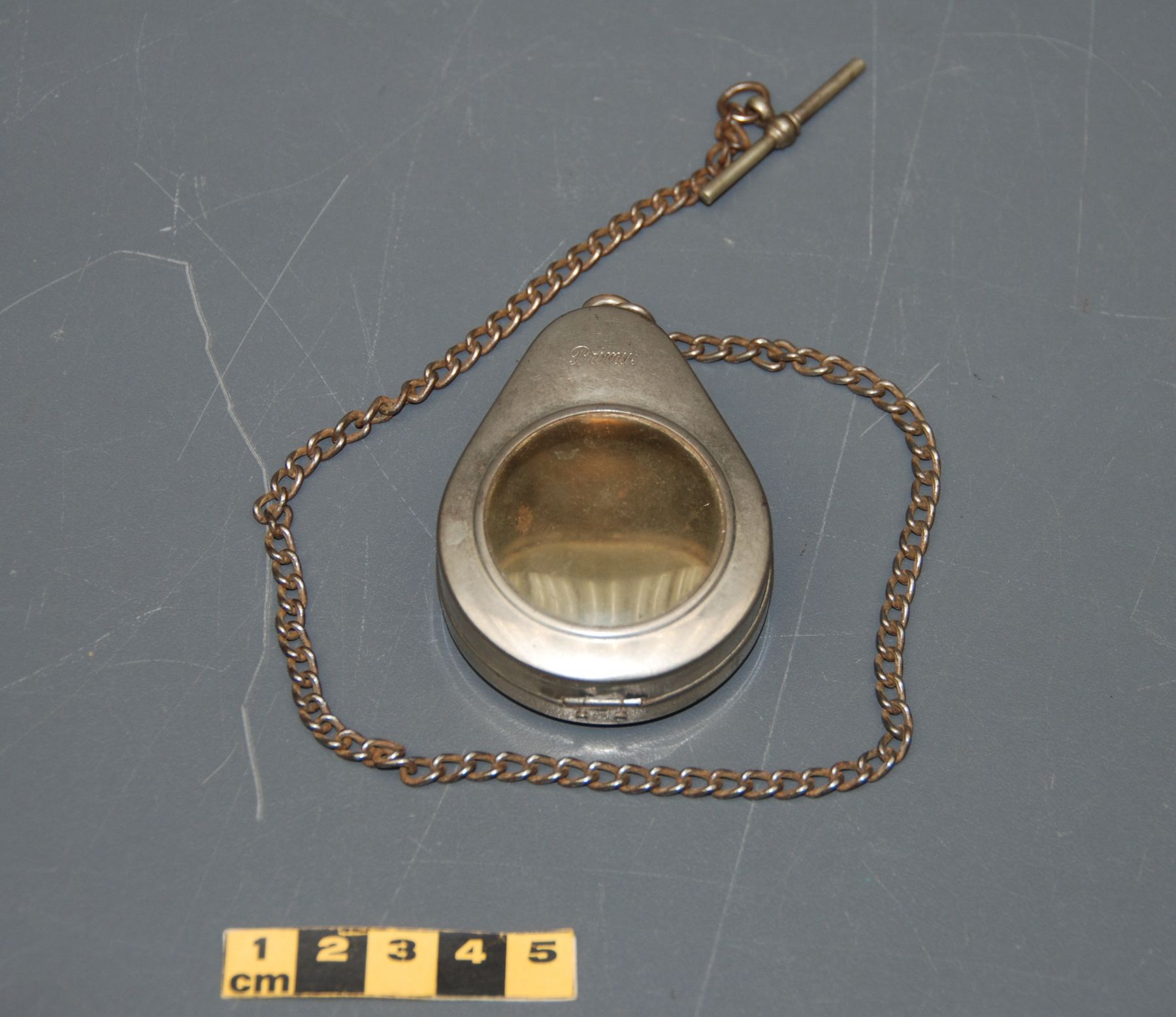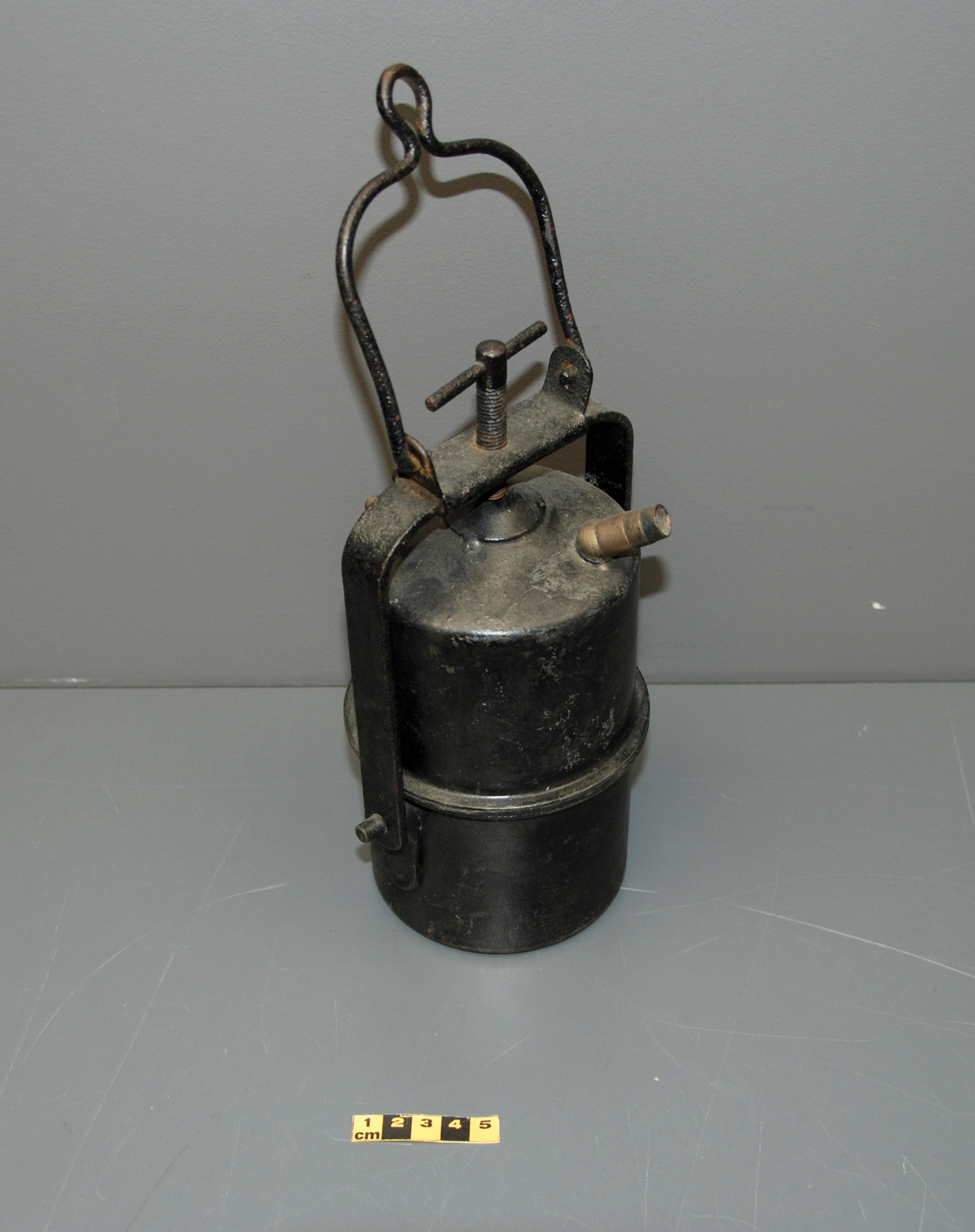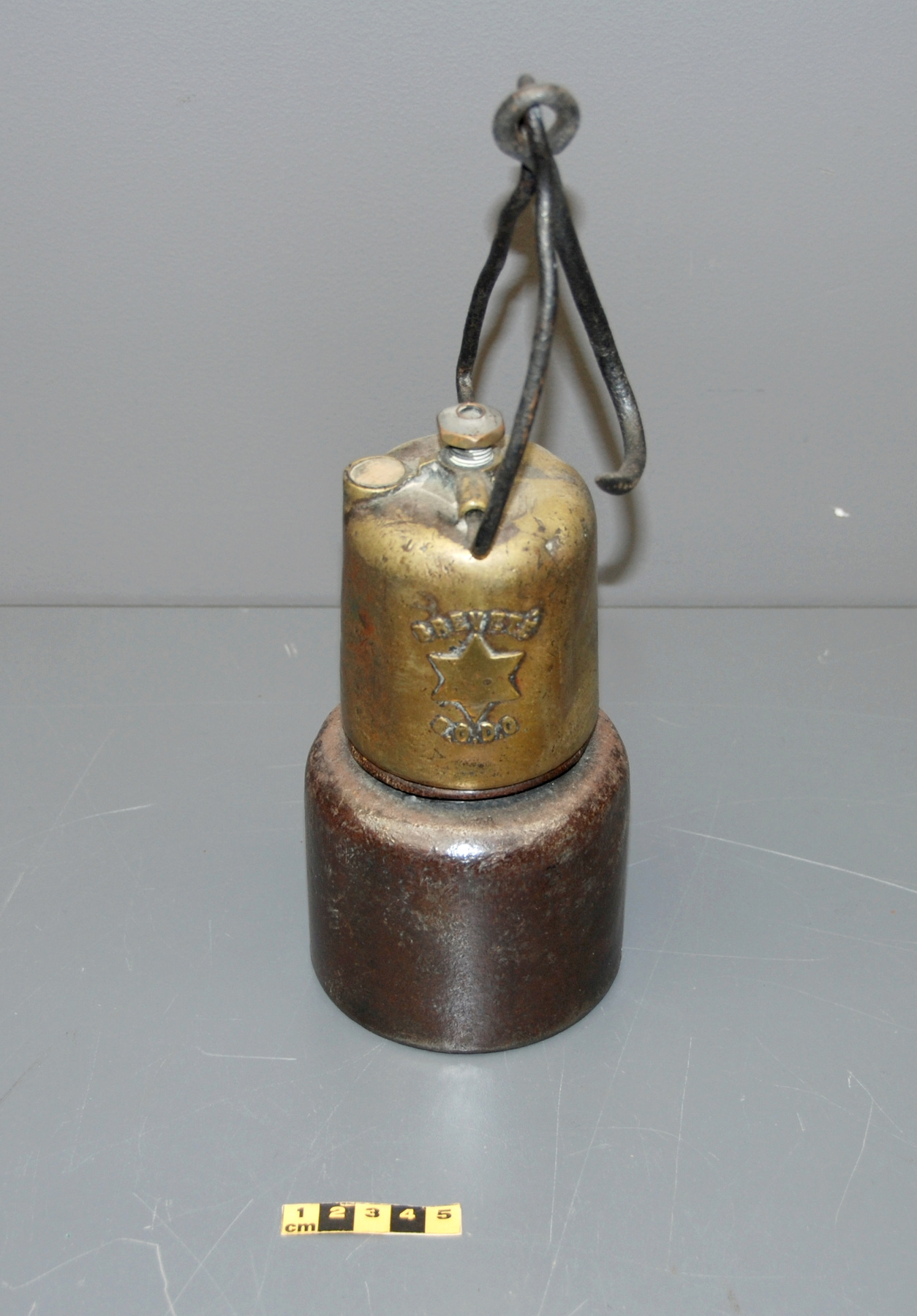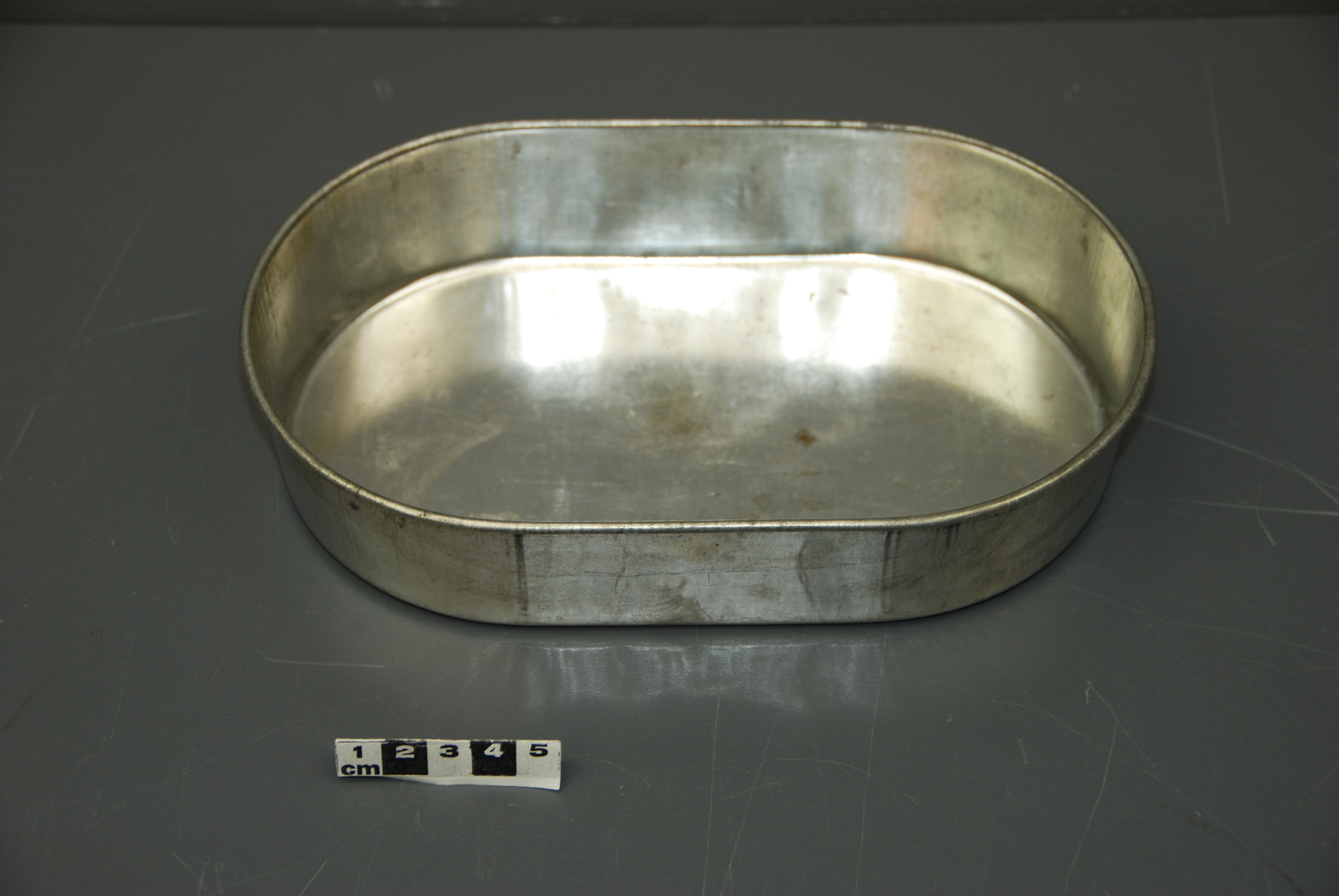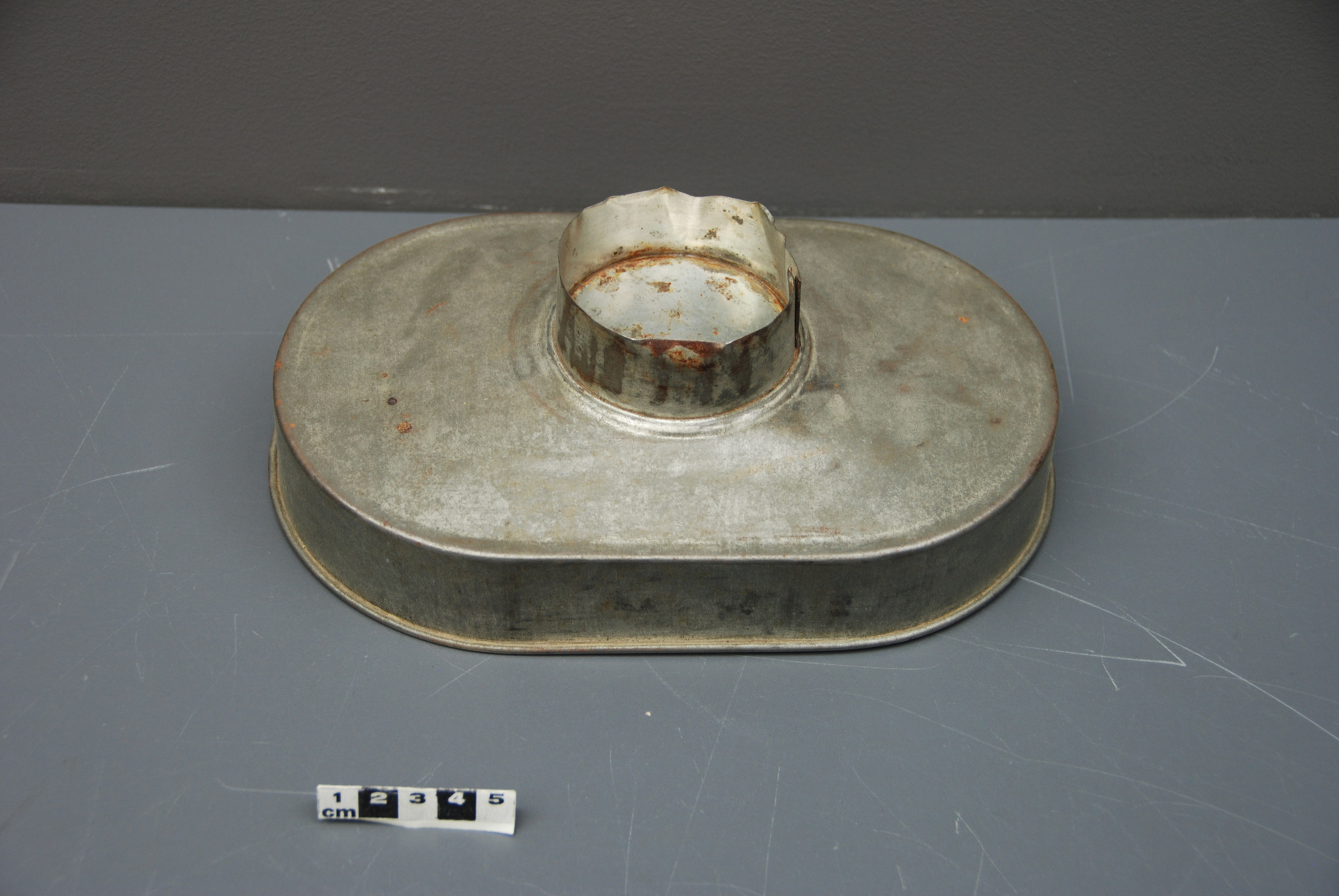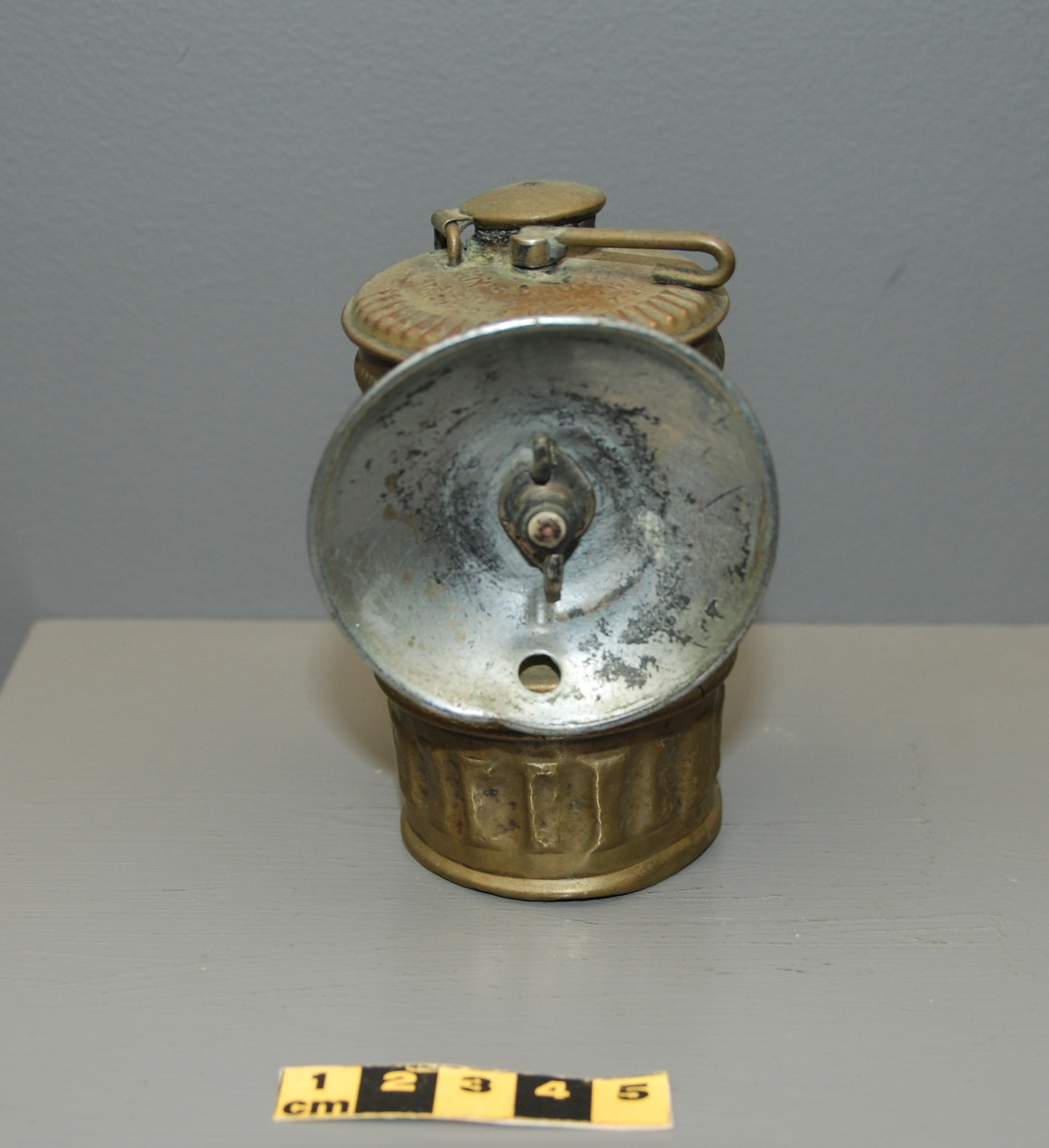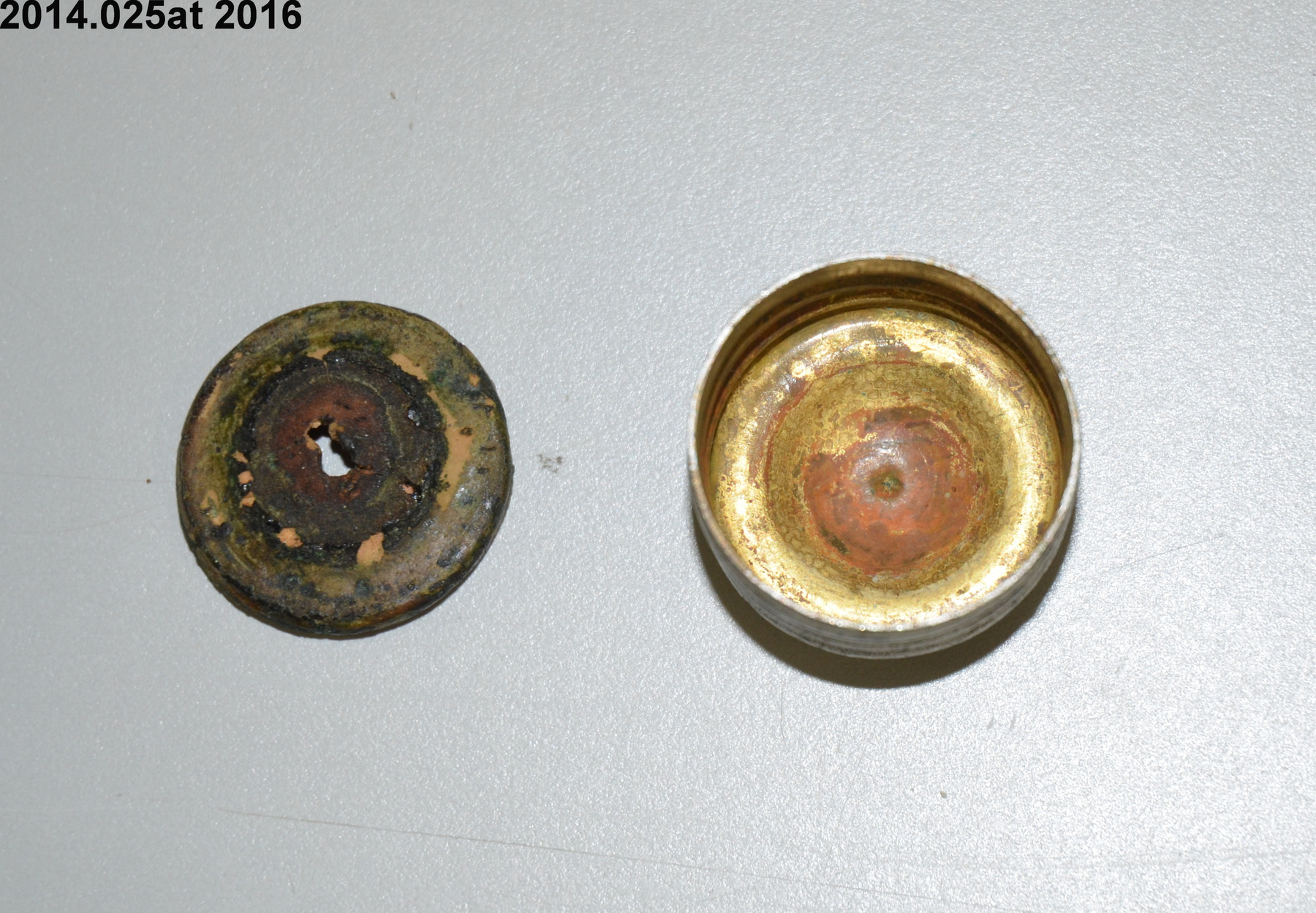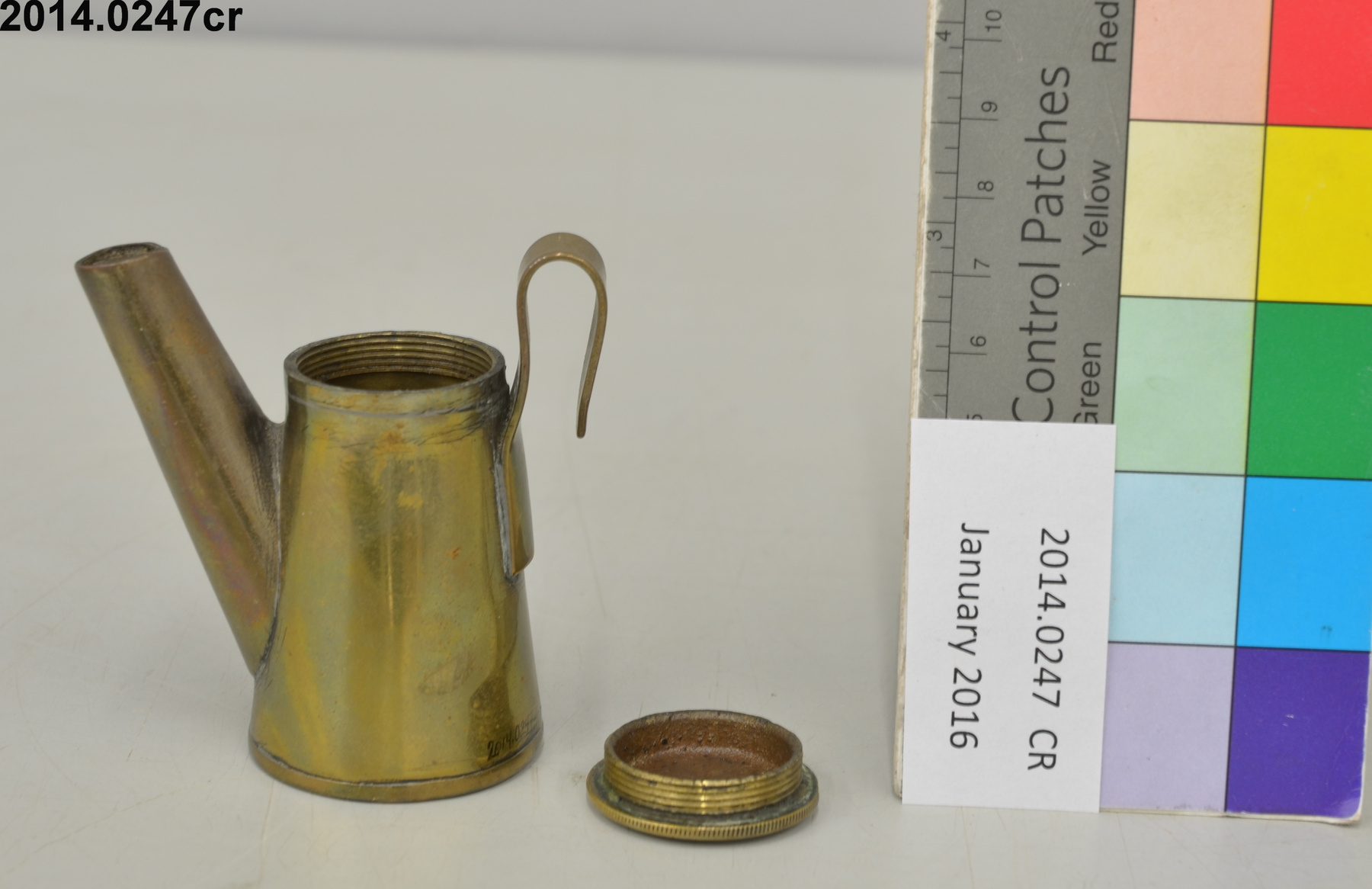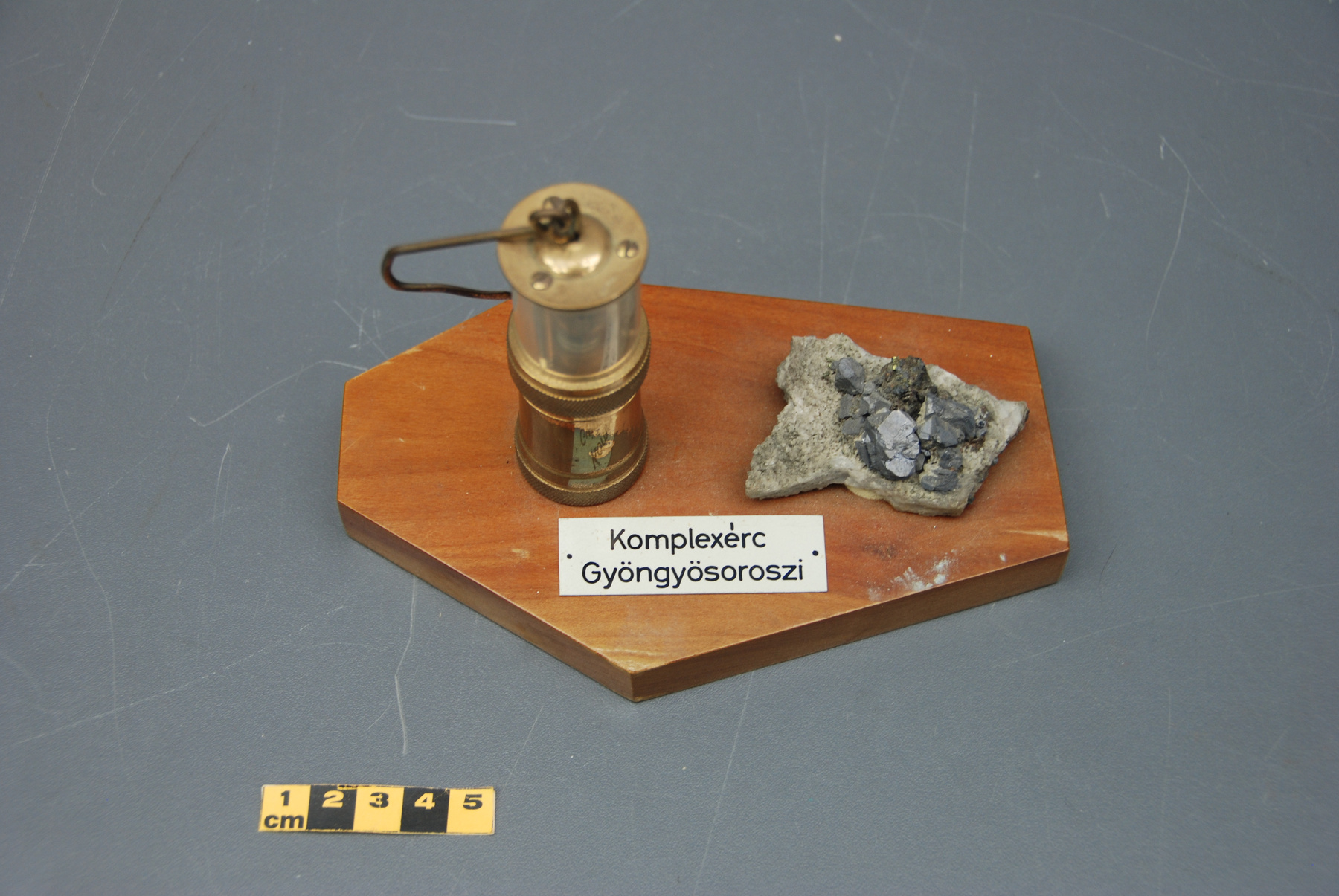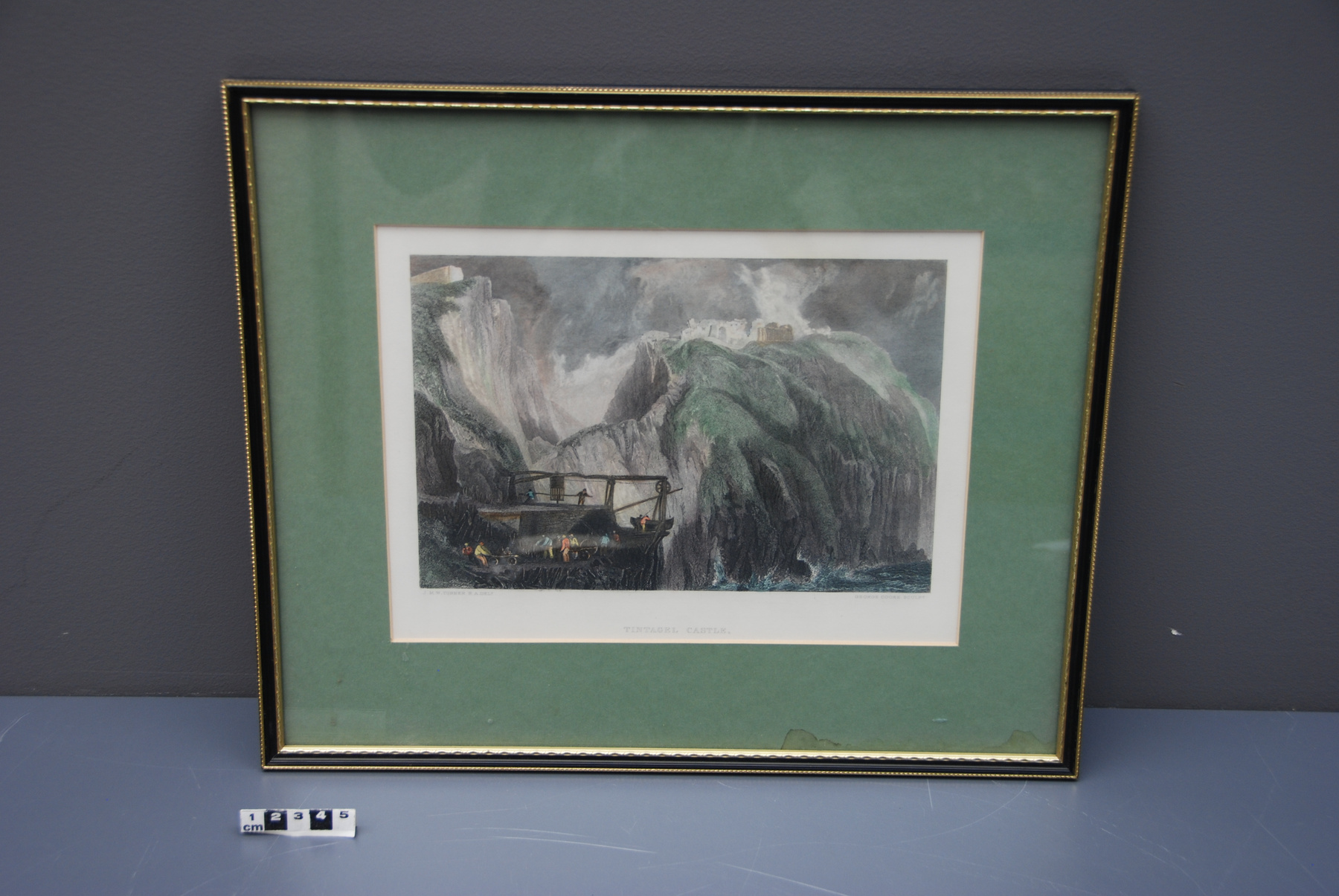Creuset
Utiliser cette image
Puis-je réutiliser cette image sans autorisation? Oui
Les images sur le portail de la collection d’Ingenium ont la licence Creative Commons suivante :
Copyright Ingenium / CC BY-NC-ND (Attribution-NonCommercial 4.0 International (CC BY-NC 4.0)
ATTRIBUER CETTE IMAGE
Ingenium,
2015.0281.001
Permalien:
Ingenium diffuse cette image sous le cadre de licence Creative Commons et encourage son téléchargement et sa réutilisation à des fins non commerciales. Veuillez mentionner Ingenium et citer le numéro de l’artefact.
TÉLÉCHARGER L’IMAGEACHETER CETTE IMAGE
Cette image peut être utilisée gratuitement pour des fins non commerciales.
Pour un usage commercial, veuillez consulter nos frais de reproduction et communiquer avec nous pour acheter l’image.
- TYPE D’OBJET
- S/O
- DATE
- Inconnu
- NUMÉRO DE L’ARTEFACT
- 2015.0281.001
- FABRICANT
- Walker Mining Co.
- MODÈLE
- Inconnu
- EMPLACEMENT
- Unknown
Plus d’information
Renseignements généraux
- Nº de série
- S/O
- Nº de partie
- 1
- Nombre total de parties
- 1
- Ou
- S/O
- Brevets
- S/O
- Description générale
- Graphite
Dimensions
Remarque : Cette information reflète la taille générale pour l’entreposage et ne représente pas nécessairement les véritables dimensions de l’objet.
- Longueur
- 16,0 cm
- Largeur
- 16,0 cm
- Hauteur
- 21,0 cm
- Épaisseur
- S/O
- Poids
- S/O
- Diamètre
- S/O
- Volume
- S/O
Lexique
- Groupe
- Mines et métallurgie
- Catégorie
- Exploration minière
- Sous-catégorie
- S/O
Fabricant
- Ou
- Walker
- Pays
- Inconnu
- État/province
- Inconnu
- Ville
- Inconnu
Contexte
- Pays
- Canada
- État/province
- Inconnu
- Période
- Inconnu
- Canada
-
Taken from acquisition proposal; ref 1: "Geological Survey of Canada is a department within the Earth Sciences at NRCan. It was established in 1842, and is one of the oldest scientific agencies in Canada and one of the first government departments. GSC was created to assist in developing viable mineral industry in Canada. Since its foundation, it has been the most important public institution in the history of Canadian natural resources. The GSC collection has been assembled since 1856. It formed a basis for the Victoria Memorial Museum (1907), the National Museum of Canada (Jan. 5, 1927) and National Museums of Canada Corporation (April 1, 1968). When the Victoria Memorial Museum was created, the collection was split between the Systematic Collection of Minerals, and Collection of Economic Minerals and Rocks. The ‘Economic’ collection remained at GSC. At the time, Robert Bell, who took over the agency in 1901, stressed the pragmatic goals of GSC – assessing Canada’s mineral potential – and its commitment to applied research and assisting resource industries. He stated that geologists devoted their attention “entirely to practical work, looking to the development of our various mineral resources” (Summary Report, 1902). GSC collected specimens to evaluate resources, assess operations of wells and mines, examine efficiencies of extraction and processing technologies, support development of regulations, and for educational and promotional purposes. Artifacts were used mostly by scientists, who prepared reports for industries and for the government, and were exhibited at national and international exhibitions. After 1907, many artifacts were physically transferred from the GSC to the Victoria and then National Museum. However, GSC retained parts of the collection deemed essential to its operations. NRCan is moving out of the Booth Street campus, and the buildings will be demolished in the next couple of years. GSC’s management made a decision to dismantle the collection. Rock samples that are still used by scientist will be retained and moved to a new location. The 2013-2018 NRCan’s strategic plan calls for all these samples to be properly catalogued. Pieces that are on display in the lobby museum at 601 Booth St. already belong to the Canadian Museum of Nature. CMN will also acquire rock samples that are significant to Canadian history. These fall under the “natural history” category, and fit the CMN’s mandate. CSTMC is offered the collection of products of various mineral processing methods, and examples of end products that have historical value. The decision to dismantle the collection does affect its integrity; at the same time, since its footprint is several thousand square feet, no one institution can take all the material. With no way to preserve the integrity of the collection, I recommend that we make a selection from all offered artifacts to only acquire those that fill a gap in our collection and meet our mandate.". - Fonction
-
Container for molten metals. - Technique
-
Taken from acquisition proposal; ref 1: "The Walker Mine is a past graphite producer with about 816 tons of lump graphite extracted from the mine between 1876 and 1920. Graphite was quite important to industries, especially to metal processing in Canada. It has a very high melting point and resists oxidation. The property consists of 4 claims covering the past mine and 11 claims covering interesting geological context for more graphite mineralization. In 2013 the mine has been designated as economically viable again. This is a great example of the longevity of claims and of fluidity of resources and reserves in the mining cycle that may last a century. The crucibles, which were used to collected molten metal from a furnace, would have been used to test the heat resistance of this type of products." - Notes sur la région
-
Inconnu
Détails
- Marques
- Embossed print on bottom reads "THE WALKER/ MINING/ CO/ 10". Embossed print on side of crucible "THE WALKER/ MINING/ CO" and "16".
- Manque
- Appears complete.
- Fini
- Dark grey graphite with embossed print.
- Décoration
- S/O
FAIRE RÉFÉRENCE À CET OBJET
Si vous souhaitez publier de l’information sur cet objet de collection, veuillez indiquer ce qui suit :
Walker Mining Co., Creuset, Date inconnue, Numéro de l'artefact 2015.0281, Ingenium - Musées des sciences et de l'innovation du Canada, http://collection.ingeniumcanada.org/fr/id/2015.0281.001/
RÉTROACTION
Envoyer une question ou un commentaire sur cet artefact.
Plus comme ceci
















